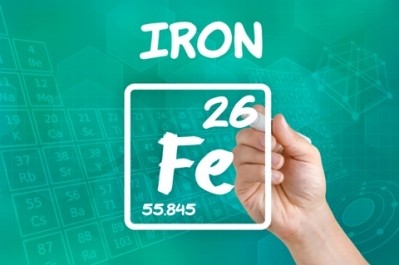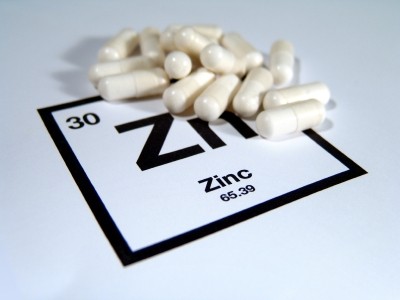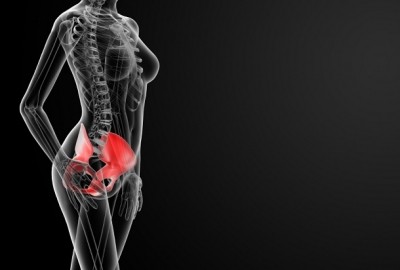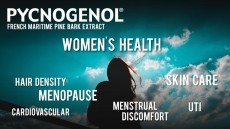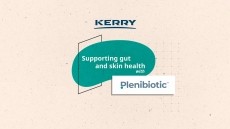Innovations in minerals
Research continues to make iron more bioavailable and palatable

Iron isn’t the most pleasant nutrient to the human tongue, and unlike other minerals and nutrients, the uncomfortable side-effects of accidentally ingesting too much iron is much more visible.
“People do not want to use iron salts such as ferrous sulfate anymore, since it causes more constipation, skin rash and stomach irritation compared to iron gluconate for example,” Tim Van de Gehuchte, business development manager at Isaltis, told NutraIngredients-USA. Because of this, where and how iron is extracted, as well as how its delivered, is a popular issue raised.
Fortification in foods
A study out of Sweden published a few months ago found that probiotics may help increase iron absorption from iron-fortified foods. “Intake of probiotics can increase iron absorption by approximately 50% from a fruit drink having an already relatively high iron bioavailability,” according to the study, published in the British Journal of Nutrition.
Higher absorption rates were seen in the test participants that drank iron-fortified fruit juice containing colony-forming units of Lactobacillus plantarum over four consecutive days compared to a control group that drank fruit juice with 5 mg of iron alone.
The researchers said that the colonization of bacteria in the intestine may be behind the iron absorption mechanism. However, there was no mention of the fortified juice’s flavor, or whether or not iron’s bitterness came through.
“Current research is still focused on addition of flavors and sweeteners, coating, microencapsulation, granulation, bitterness inhibitors,” Van de Gehuchte said of Isaltis’ work with iron. As of now, the highly soluble and bioavailable ferrous gluconate remains the popular choice for supplements and fortification.
A pricey endeavor
The World Health Organization (WHO) classifies iron deficiency as “the most common and widespread nutritional disorder in the world.”
High numbers of anemia is an indicator of iron deficiency in a population. WHO data shows that every second pregnant woman and about 40% of preschool children are estimated to be anemic in developing countries.
“It is estimated that 30% of the world’s population has an iron deficiency. Malabsorption as well as infectious diseases (malaria) contributes greatly to iron deficiency,” Van de Gehuchte added.
The most iron-rich foods are meats and shellfish, from the hemoglobin-derived heme iron found in animals. Daily meat consumption may be out of the price-range of the most at-risk populations for iron deficiency.
A protein that stores and binds iron in meat, called ferritin, is a current subject of exploration in the development of nutritional supplements. Ferritin can also be found in legumes. But according to Van de Gehuchte, “extraction of ferritin from meat or legumes is very expensive.”
Existing forms of iron supplementation, however, have been seeing growth. Data from SPINS, which does not specify where the iron is derived from or its delivery format, reported an 11.7% increase from a year ago, across all three channels tracked: the natural supermarket channel, the specialty gourmet channel, and the conventional retail channel.
